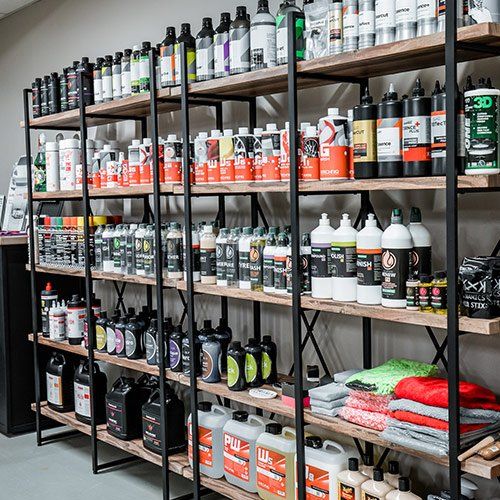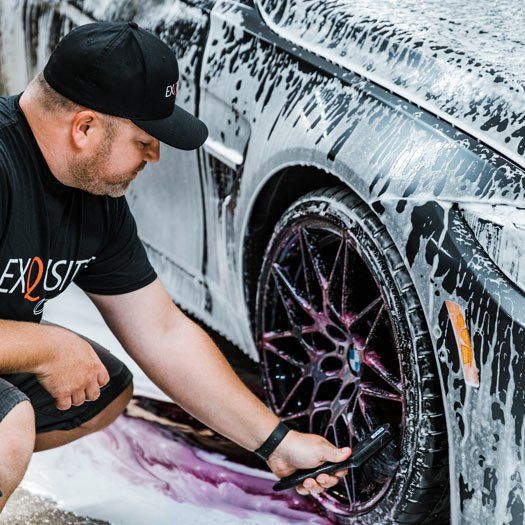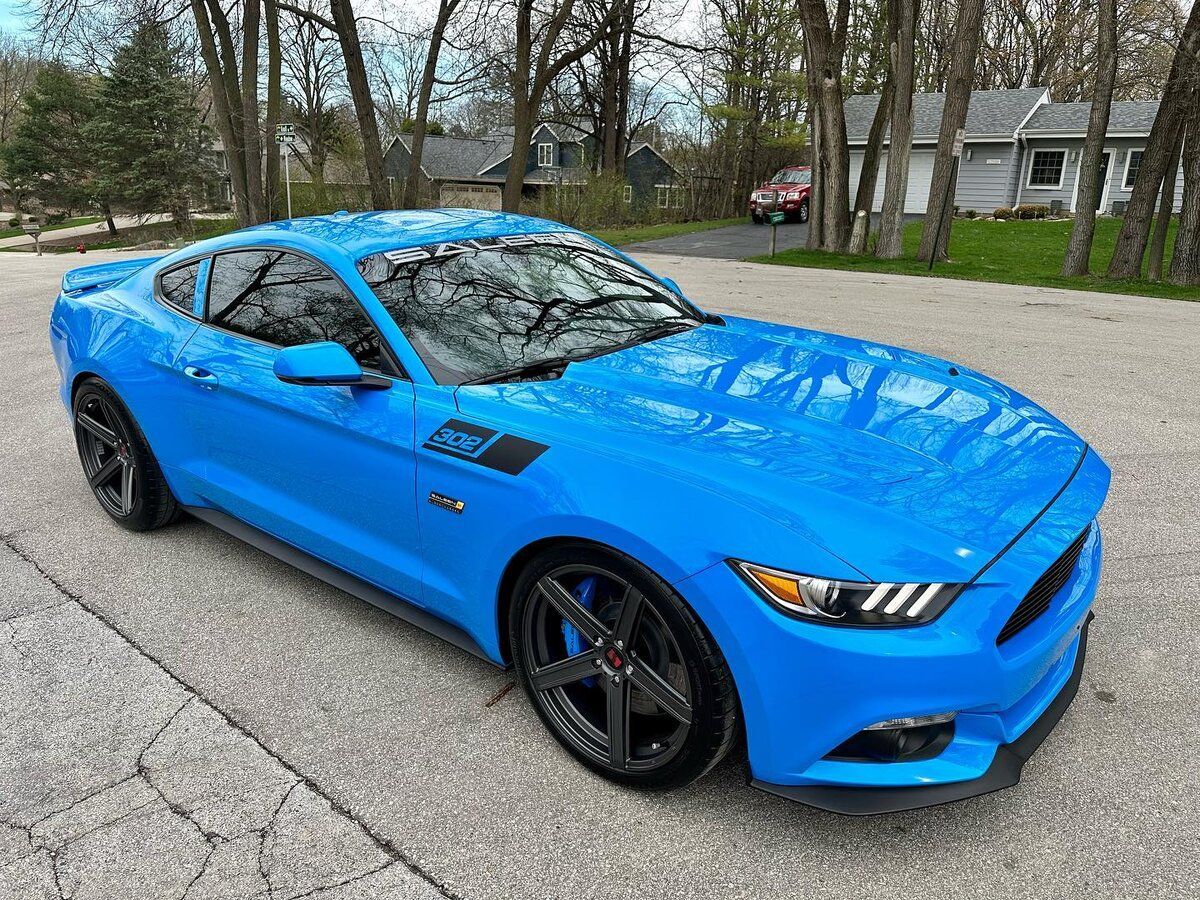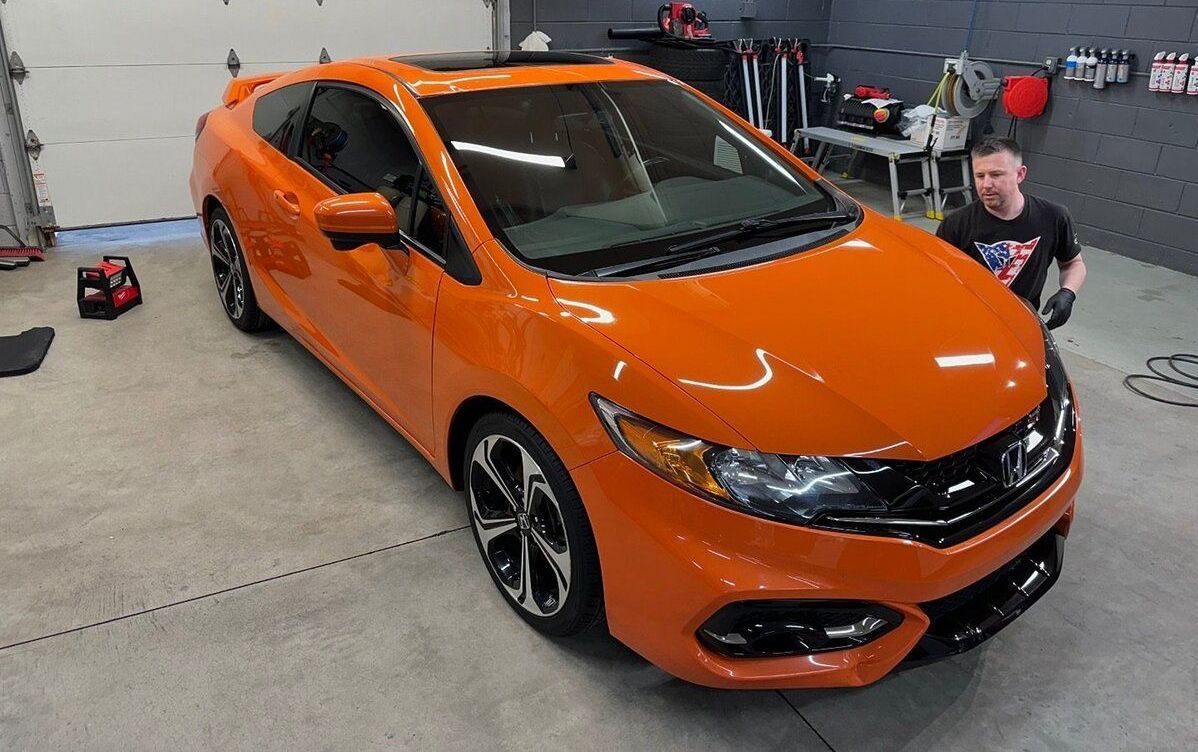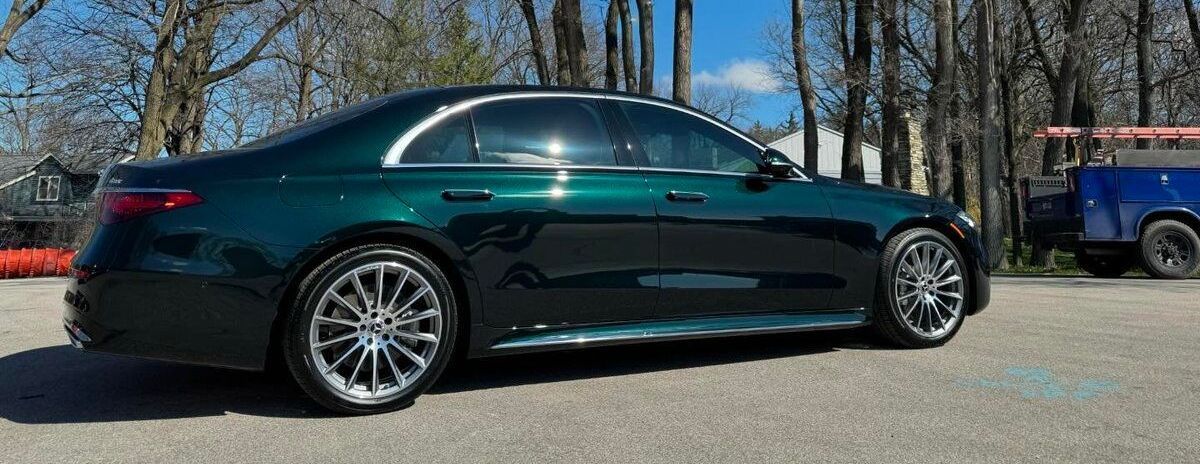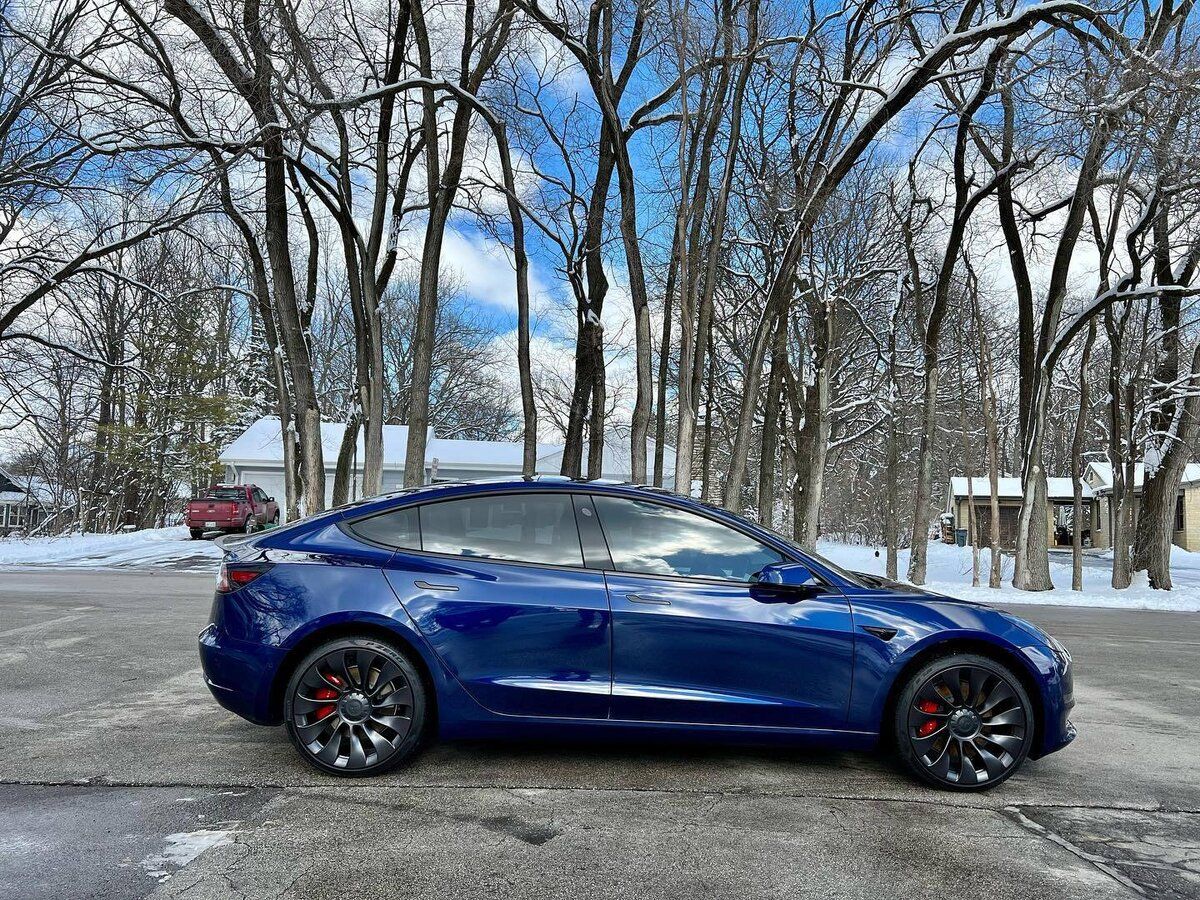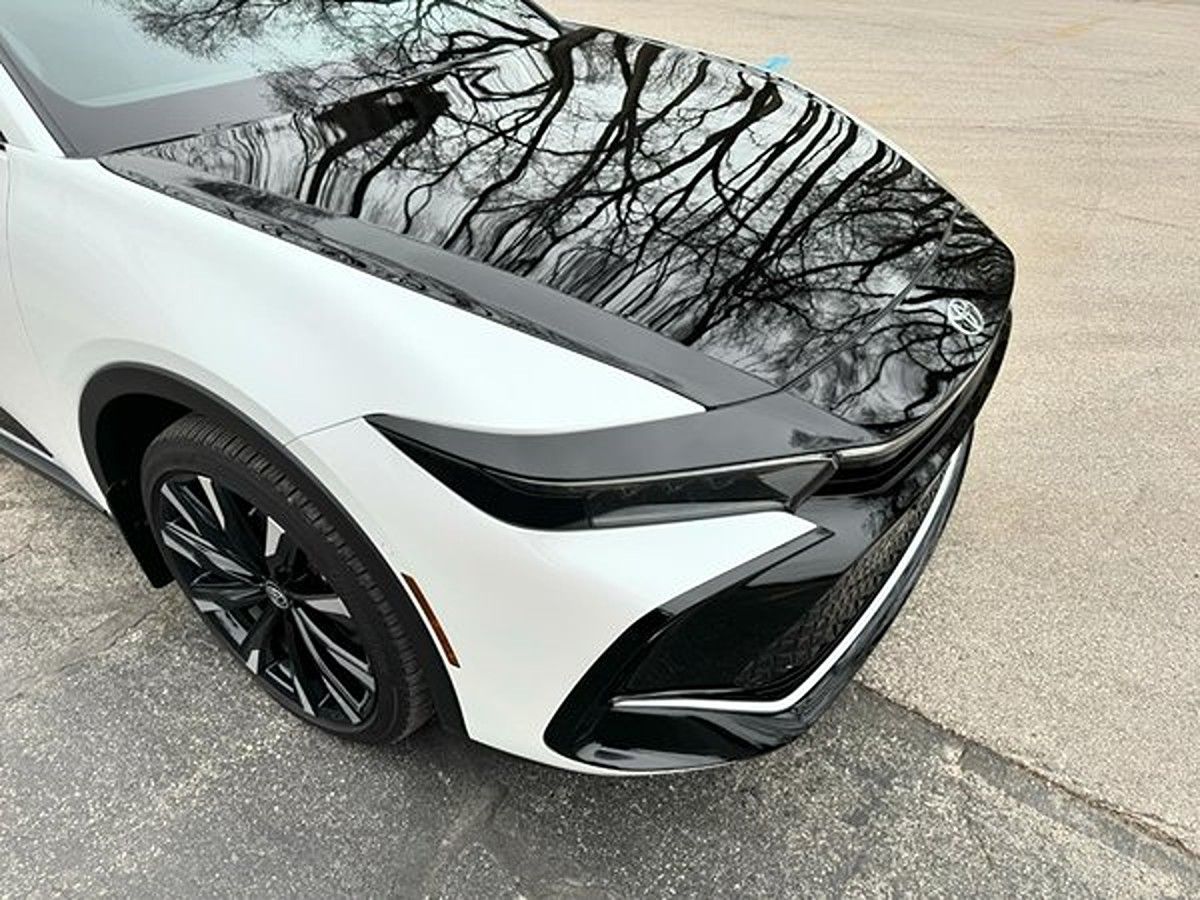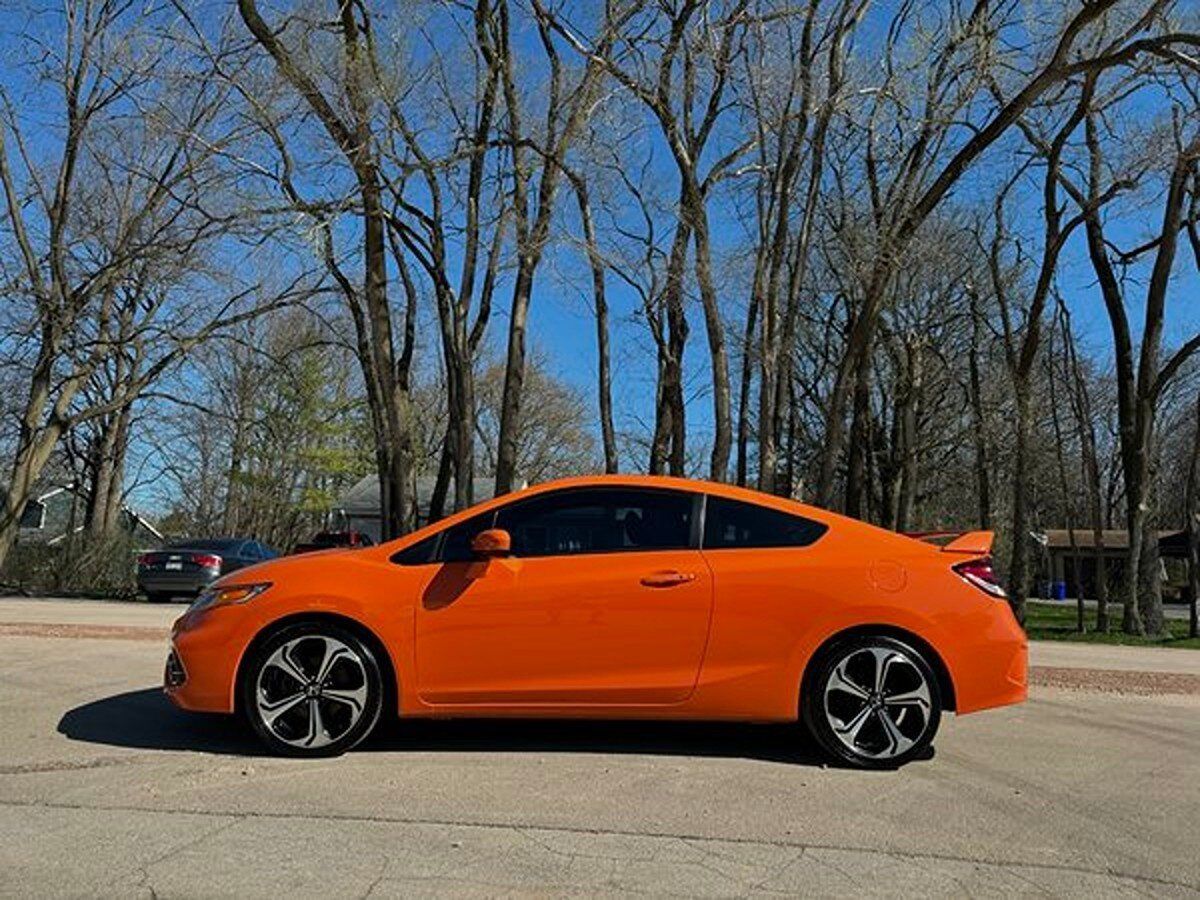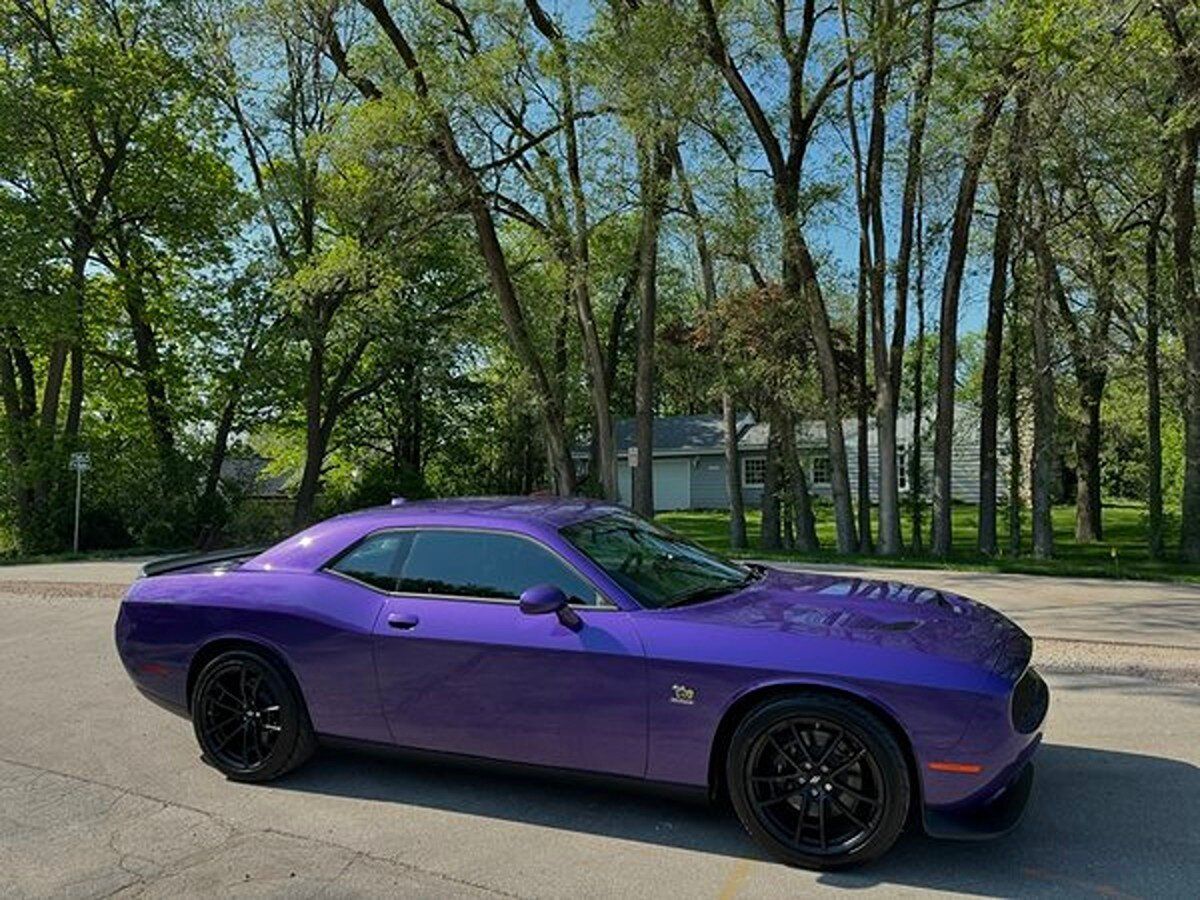PPF Maintenance 101: Tips and Tricks for Keeping Your Film in Top Condition
In the world of automotive protection, paint protection film (PPF) stands as a guardian shield against the harsh elements your vehicle faces daily. However, like any other component of your car, PPF requires proper care to maintain its effectiveness and aesthetic appeal over time. Here's a comprehensive guide to PPF maintenance, ensuring your film remains in top-notch condition for years to come.
Basic PPF Maintenance Tips
Proper maintenance of your PPF is crucial to ensuring it remains effective and visually appealing. Let's start with the most fundamental aspect of PPF care: regular cleaning.
Regular Cleaning
Regularly washing the PPF helps protect it from dirt, grime, and environmental contaminants that can degrade its appearance over time. We recommend using a gentle, pH-neutral car wash soap to prevent any damage to the film. When cleaning the film, make sure to use a clean microfiber mitt and avoid pressure washers near the edges of the film. This practice helps maintain the integrity of the film and ensures that it continues to provide optimal protection to your vehicle's paint.
Neglecting regular cleaning can lead to a buildup of dirt and contaminants, diminishing the protective properties of the film and affecting the overall appearance of your vehicle. By incorporating regular cleaning into your vehicle maintenance routine, you can uphold the pristine condition of your paint protection film.
Avoiding Harsh Chemicals
Using gentle, pH-neutral, or PPF-specific cleaning products is essential in preventing damage to the film. Harsh chemicals can compromise the integrity of the PPF, potentially leading to discoloration or degradation of its protective properties. Opting for high-quality cleaning products specifically designed for PPF maintenance ensures that you are preserving the film's durability while effectively removing contaminants. The formulation of these specialized products ensures thorough cleaning without harming the protective layer.
Applying harsh chemicals to your PPF can have detrimental effects on its longevity and protective capabilities. To maintain the optimal performance and visual appeal of your paint protection film, it is imperative to prioritize using gentle, PPF-friendly cleaning solutions as part of your maintenance regimen.
Immediate Attention to Spills and Stains
Promptly addressing any spills or stains on the PPF is crucial to preventing them from setting up and becoming harder to remove. Whether it's bird droppings, tree sap, or any other contaminants, taking immediate action can help mitigate potential damage to the film's surface. Utilizing high-quality cleaning products and a clean microfiber cloth can assist in effectively removing stains without causing abrasions or impairment to the PPF.
By maintaining a proactive approach toward spills and stains, you can safeguard the pristine condition of your paint protection film and uphold its aesthetic appeal. A proactive stance not only ensures that your PPF retains its visual allure but also contributes to prolonging its lifespan through diligent care and attention.
In summary, adhering to these basic PPF maintenance tips forms the foundation for preserving the efficacy and visual aesthetics of your paint protection film.
How to Wash and Care for Your PPF

While paint protection film (PPF) shields your vehicle from scratches and impacts, it also requires some tender, loving care to maintain its effectiveness. Here are the essential steps and techniques to keep your PPF looking flawless.
Washing Technique
When it comes to washing your PPF, precision is key. Start by gathering a clean microfiber mitt and a gentle, specially formulated PPF-safe cleaning solution. It's crucial to avoid using harsh or abrasive materials that could compromise the protective surface of the film.
Rinsing Process
Rinse the PPF thoroughly after applying the cleaning solution to remove all soap residue. Take your time with this step, as any leftover residue can impact the appearance and potentially compromise the film's protection.
Drying Process
Once rinsed, gently pat the PPF dry with a soft, clean microfiber cloth to avoid any water spots. It's important to avoid using abrasive materials during the drying process, as this can cause micro-scratches on the film. A gentle touch here goes a long way in preserving the integrity and appearance of your PPF.
Properly caring for your PPF not only keeps it looking pristine but also ensures that it continues to protect your vehicle effectively. It may seem like a small effort, but these simple techniques can go a long way in maintaining the longevity and performance of your PPF.
Products for PPF Care: Recommended Washing, Waxing, and Sealing Products
When it comes to choosing the right products for your paint protection film (PPF), it's essential to prioritize quality and compatibility. Using the wrong products can compromise the protective properties of the film and affect its longevity. Here are some key guidelines for choosing the best washing, waxing, and sealing products for your PPF.
Washing Products
Cleaning your PPF requires gentle maintenance to avoid damage to the film itself. It’s crucial to use pH-neutral or PPF-specific car wash shampoos. These specialized shampoos aim to cleanse the PPF while maintaining its protective qualities.
The pH-neutral formula ensures that the detergent won't react with the film's composition, preventing any potential degradation of the protective layer. Regular car wash shampoos might contain harsh chemicals that can cause discoloration or even break down the film over time, so it's important to stick with products specifically formulated for PPF.
Waxing and sealing
Waxing and sealing your PPF is an important step in maintaining its appearance and durability. It’s crucial to use high-quality carnauba wax or dedicated PPF sealants to enhance the gloss and protective qualities of the film.
Carnauba wax is known for its deep shine and protective properties, making it an excellent choice for enhancing the appearance of your PPF. Applying a thin layer of carnauba wax helps to create a barrier against environmental contaminants, UV rays, and other elements that can degrade the film over time. Dedicated PPF sealants, on the other hand, are specifically formulated to bond with the film, providing an additional layer of protection and extending its lifespan.
Furthermore, both carnauba wax and PPF sealants offer water-repelling properties, which aid in maintaining the clarity and cleanliness of the film. This added protection ensures that dirt, debris, and water bead off instead of adhering to the surface, making maintenance much more manageable.
By using these recommended washing, waxing, and sealing products tailored for PPF care, you can maintain the integrity and appearance of your paint protection film effectively while maximizing its protective benefits in the long run.
Addressing Dirt Spills and Paint Scratches
First, let's talk about dirt spills. Even with the best care, dirt can still find its way onto your paint protection film. When it does, it's important to tackle it delicately.
Using a gentle automotive detailing spray is the key here. This particular spray specifically targets the removal of dirt and grime from the film, eliminating the need for aggressive scrubbing. Remember, you want to be kind to the film, ensuring that no harm comes to it during cleaning. By using a detailing spray, you're not only cleaning your vehicle effectively but also preventing unnecessary wear and tear on the protective film.
The Heat Gun Technique
Moving on to paint scratches. Finding a scratch on your beloved car can be disheartening, but luckily, there are some remedies available for minor scratches. One option is to use a heat gun—not too hot—over the scratched area.
Applying heat helps activate the self-healing properties of the paint protection film. If you're feeling unsure about using a heat gun, you can also achieve similar results by leaving your vehicle out in direct sunlight. This helps the film "heal" the scratches on its own.
The key here is patience; give it some time and let nature assist in restoring your protective film. We've covered how to delicately handle dirt spills and minor paint scratches, crucial steps in preserving the integrity of your paint protection film.
PPF Protection Against Heat and UV Rays
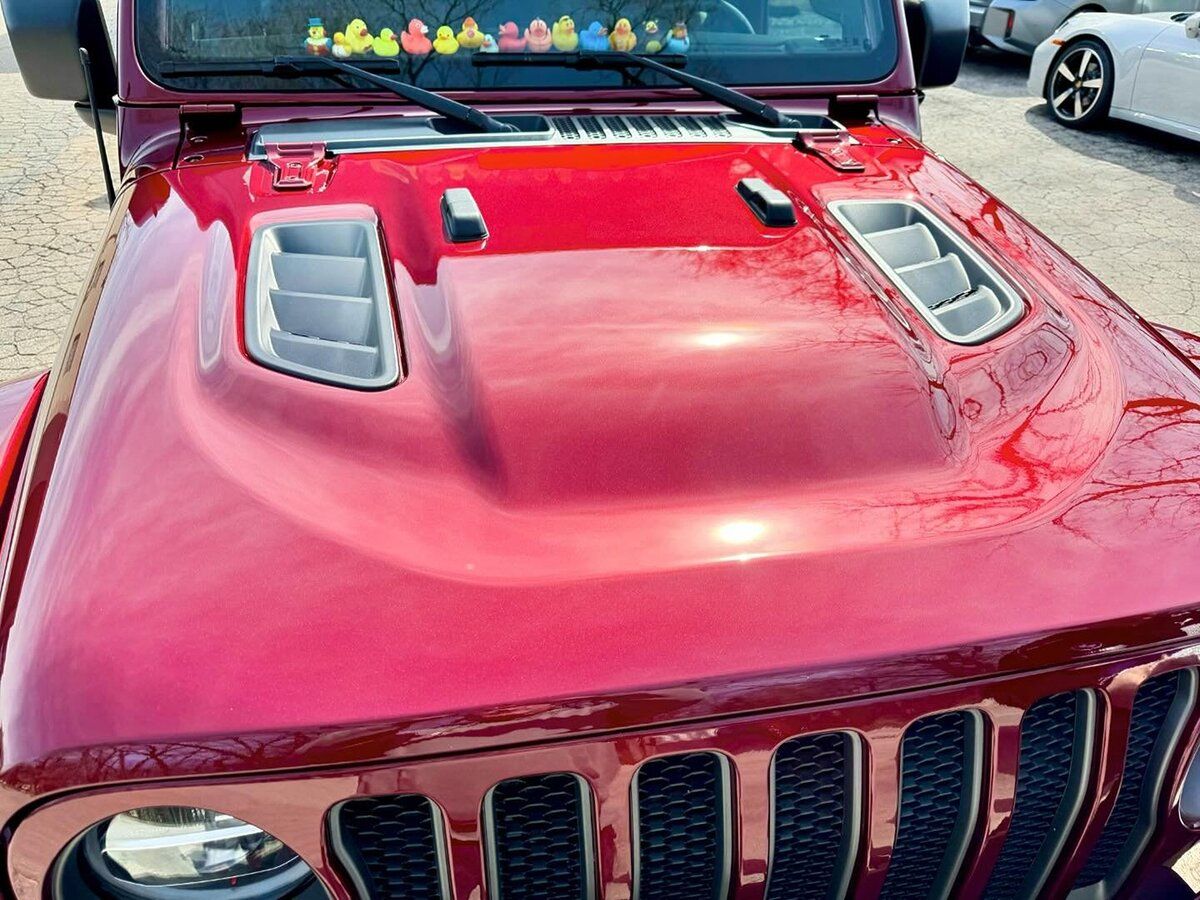
PPF, or paint protection film, acts as a barrier for your vehicle's paintwork, safeguarding it against physical damage and environmental factors such as heat and UV rays that can affect its overall appearance.
Heat Protection
Exposure to heat can affect the adhesive properties and clarity of the PPF. Parking your vehicle in shaded areas or using car shades when exposed to sunlight can significantly minimize heat exposure. The intense heat from direct sunlight can not only impact the PPF's adhesive but also compromise its clarity, making it less effective in protecting your car's paint. It's like placing an umbrella over your car to protect it from overheating.
High-temperature exposure can weaken the adhesive bonds that keep the PPF in place, leading to premature peeling and undermining its protective function. Additionally, intense heat can cause color distortion or clouding within the film, affecting its transparency and visual appeal. It is crucial to regulate the temperature of your vehicle to ensure the longevity and effectiveness of the PPF.
UV Protection
UV rays are notorious for causing yellowing and degradation on various surfaces, including automotive paintwork. Regularly applying a PPF-specific UV protectant can help safeguard the film from UV-induced yellowing and degradation. Think of it as sunscreen for your car; it creates a protective barrier against harmful UV rays to ensure that your PPF maintains its clarity and durability.
This UV protectant acts as a barrier between the film and damaging ultraviolet light, enhancing the longevity of the film while maintaining its original appearance. Just like applying sunscreen before going out in the sun, taking these proactive steps helps preserve your vehicle's glossy finish and keeps it looking pristine for longer.
In essence, PPF significantly minimizes the impact of heat and UV rays on your vehicle's paintwork, preserving its shine and aesthetics for an extended period of time. It acts as a reliable shield against environmental stressors, providing both physical and aesthetic protection.
Prolonging PPF Life: Do's and Don'ts
When looking to protect your vehicle with paint protection film (PPF), it's crucial to adhere to the dos and don'ts to ensure its longevity and effectiveness. Let's explore these guidelines.
The Do's
1. Use a Dedicated PPF Cleaner: It's important to use a dedicated PPF cleaner when cleaning your car. Specifically formulated, these cleaners clean and maintain the film without causing any damage. They're gentle on the film's surface while effectively removing dirt and grime. Be sure to follow the manufacturer's instructions for application and usage to maintain the film's integrity.
2. Regularly inspect the PPF: Set aside time for periodic inspections of your PPF. By following this simple practice, you can identify early signs of damage or peeling and promptly address them to prevent further issues. Keep an eye out for any lifted edges, scratches, or discoloration, and take the necessary action to preserve the film's protection.
The Don'ts
1. Avoid Using Abrasive Materials: When it comes to caring for your PPF, it's crucial to avoid using abrasive materials during cleaning or maintenance. This includes rough sponges, harsh brushes, or aggressive polishing compounds that can potentially scratch or damage the film. Opt for soft, non-abrasive cleaning tools and materials that are gentle on the PPF's surface.
2. Refrain from Using Strong Chemical-Based Cleaners: While it may be tempting to reach for strong chemical-based cleaners in a bid to achieve a deep clean, these products can compromise the integrity of your PPF. Harsh chemicals may react negatively with the film, leading to discoloration, weakening, or even peeling. Stick to mild, pH-neutral cleaning products that are safe for use on PPF.
Following these dos and don'ts contributes significantly to extending the life of your PPF, ensuring that it continues to provide optimal protection while maintaining its visual appeal.
Understanding the fundamentals of maintaining your PPF sets the stage for dealing with sudden dents and scratches that might unexpectedly mar its pristine surface.
Emergency PPF Care: Treating Sudden Dents and Scratches
A stray stone from the road or an inadvertent brush against a sharp object can cause your beloved paint protection film to dent or scratch. You want to act promptly but prudently in these situations.
Let's start with addressing sudden dents. Most times, applying gentle heat or using a heat gun on a low setting can help the PPF regain its shape and integrity. Much like when you apply heat to wax to soften it, the PPF will react similarly, making minor dents less noticeable or even completely disappearing.
In practical terms, consider this process as gently massaging the affected area with a heat gun or hairdryer. Applying moderate to even heat across the surface will encourage the film to return to its original shape. Be cautious not to apply too much heat, though, as excessive temperatures might damage the film further.
If the dent persists despite your gentle attempts, professional assistance might be necessary for repairing deep-seated dents.
Now, onto dealing with scratches. Whether it's a superficial blemish or a deeper scratch, remember that immediate attention is crucial to preventing any further damage. For minor scratches, applying a small amount of heat and pressure can sometimes smooth out minor scratches and dents. Use a microfiber cloth and a mild detergent to clean the affected area before attempting any repairs.
But for deep scratches, especially those penetrating through the film's protective layer, consulting a professional PPF technician is essential. They can assess the extent of the damage and recommend suitable repair options.
It's important to remember that while some quick fixes like those mentioned earlier might work temporarily for minor issues, they should never substitute for expert evaluation when it comes to severe damage.
When dealing with sudden dents and scratches on your paint protection film, quick thinking and careful action are key. Now, let's explore proactive steps you can take to prevent such emergencies and keep your film in top condition for longer. Visit our website for comprehensive guides on paint protection film (PPF) maintenance.
Taking proper care of your paint protection film is essential to ensuring its longevity and effectiveness. Remember, regular maintenance and prompt attention to damage will keep your car looking pristine for years to come.
Why choose Exquisite Auto Spa for PPF Services?
At Exquisite Auto Spa, we understand the importance of preserving your car's aesthetic appeal and resale value. That's why we offer unparalleled Paint Protection Film (PPF) services, providing your vehicle with the ultimate shield against scratches, chips, and environmental damage. With years of experience in the automotive detailing industry, Exquisite Auto Spa boasts a team of skilled professionals who are experts in
PPF installation. Our technicians undergo rigorous training to ensure precision and perfection in every application, guaranteeing flawless results that exceed your expectations. Book now!
